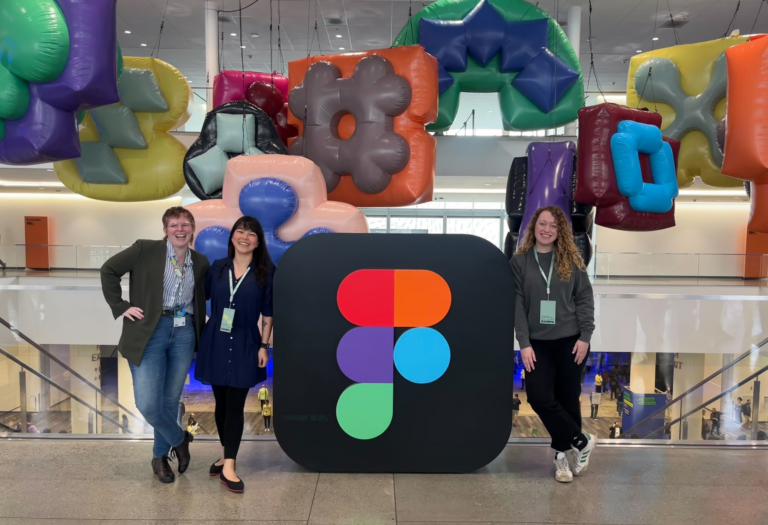Vision Mockups: Early Aesthetics = Happier Clients

As Experience Designers we are tempted to force ourselves (and our clients) to trudge through weeks and weeks of sketching and wireframing before we start exploring the visual design (or “aesthetics”) of a product/system. And while it’s usually true that the “main thinking” for any design solution happens during the sketching/wireframing phase of a project, great UX design that is not subsequently (and soon thereafter, I would argue) enhanced by smart, beautiful and modern visual design will not achieve its full potential.

We should explore aesthetics early on in a project (usually no later than during week 4) for several reasons:
Visual design gets clients excited. It’s what they dreamed of when they hired us. Sure, they expected a process (research, sketching, wireframing, etc) – but if we make them wait too long to see Visual Design Concepts, they’ll get bored. Wouldn’t you?
Clients can use preliminary Visual Design Concepts (or “Vision Mockups”) to generate excitement internally among their colleagues. These early mockups can give executive level project sponsors confidence that the project is on-track and head off complaints or pressure from some executives who may be anxious to “see some results.”
Many clients have trouble imagining how a Sketch or Wireframe will eventually translate into the final design of a screen or feature. When we do early mockups of a few key screens or features (the Wireframes for which have been pretty much locked down) our clients can then more easily imagine how a similar aesthetic will be applied to other screens and features – this often streamlines review and approval of subsequent Sketches and Wireframes.
Doing Visual Design Mockups early makes it possible for us incorporate a preliminary aesthetic into our proof of concept. Usability study participants often have the same struggle that our clients have in imagining how a “clickable wireframe” will translate into the final product – so a prototype of “higher fidelity” than wireframes can make a usability study more successful. Also, we can get feedback about the visual design from study participants at the same time that we are testing the usability of the product/system.
So, during week 3 or 4 of every project, get crackin’ on some Vision Mockups. Then review them with the client in person so you can see their reaction and iterate accordingly. After a couple rounds of back-and-forth, ask the client to affirm that the Vision Mockups reflect the general aesthetic approach for the product/system and remind them that further iteration will be conducted later on in the project.
You won’t regret it.



